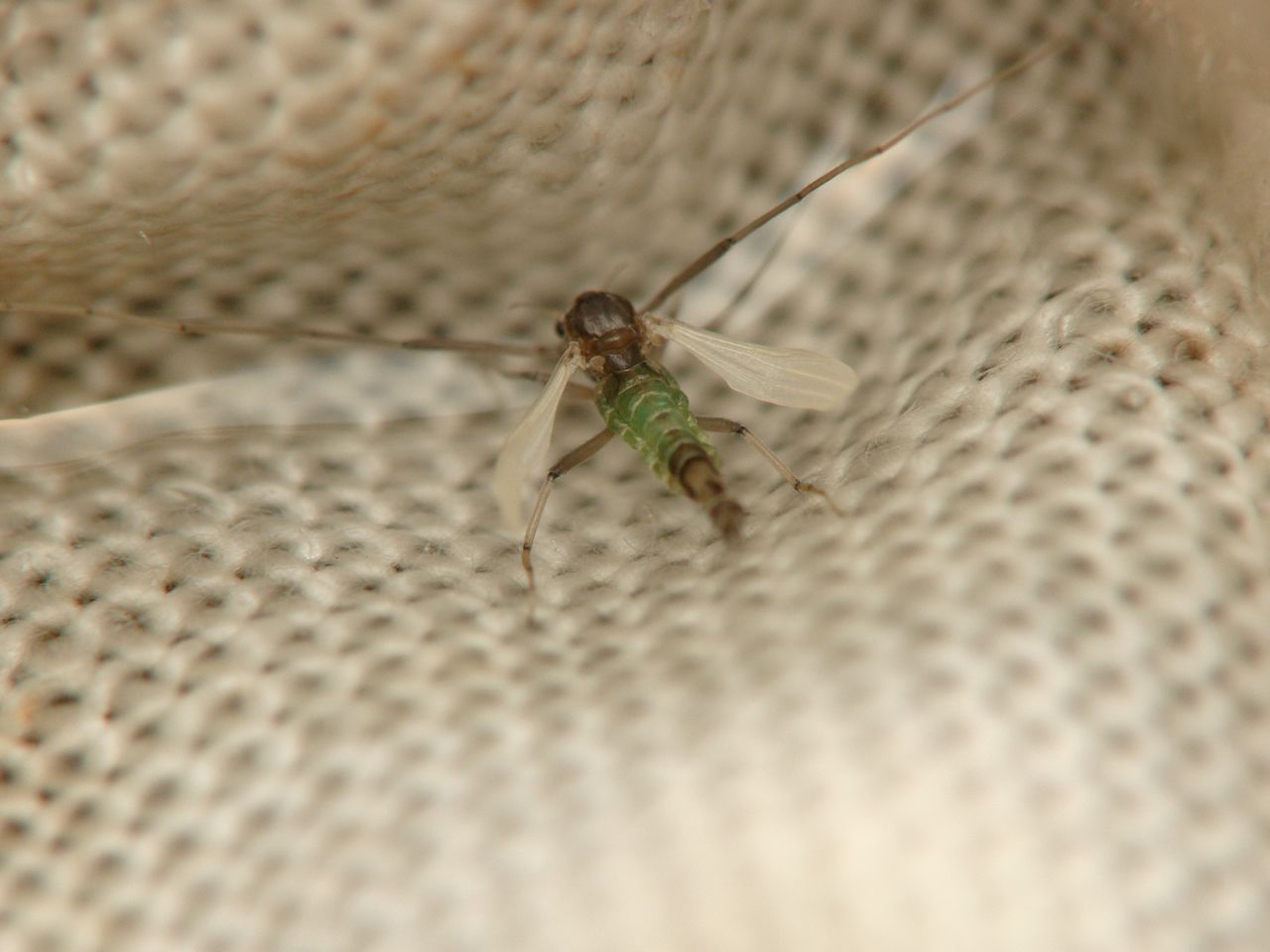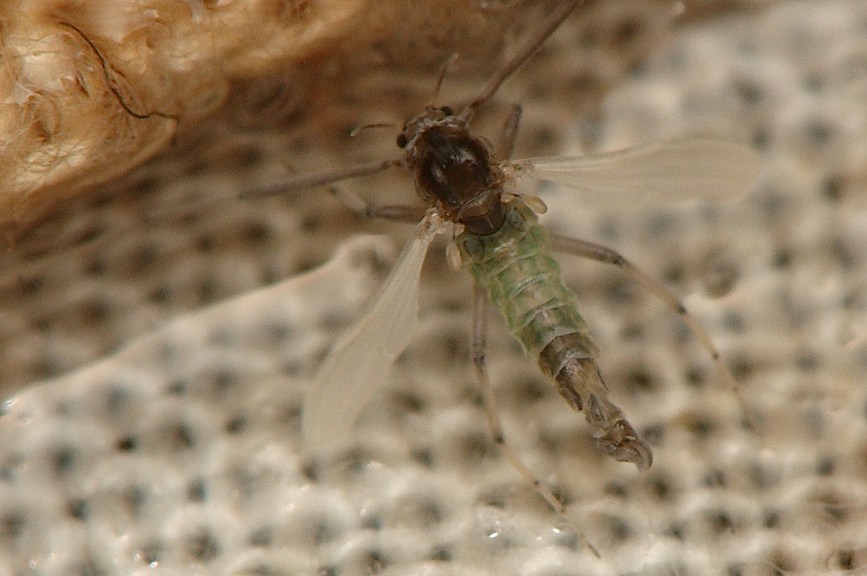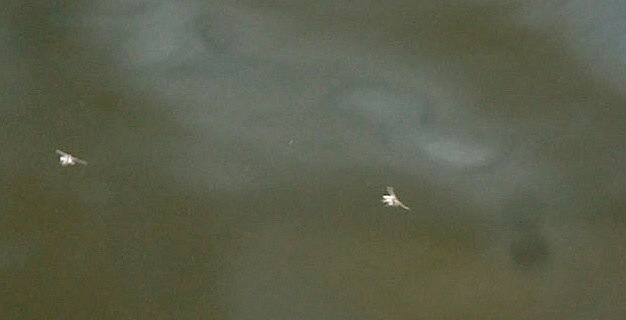Diptera.info :: Identification queries :: Diptera (adults)
Who is here? 1 guest(s)
|
chironomid swarming on the water
|
|
| mwkozlowski |
Posted on 14-04-2012 14:48
|
|
Member Location: Warsaw, Poland Posts: 796 Joined: 17.10.06 |
Yerterday, I observed small, probably flightless hironomid males that swarmed, gliding on the water surface of a small lake in Mazury Poland. Manner of gliding still obscure, since I did not notice any wing vibrations. Any suggestion to the species and to the behavior ?
mwkozlowski attached the following image:  [95.36Kb] Edited by mwkozlowski on 14-04-2012 14:52 very general entomologist |
|
|
|
| mwkozlowski |
Posted on 14-04-2012 14:53
|
|
Member Location: Warsaw, Poland Posts: 796 Joined: 17.10.06 |
and...
mwkozlowski attached the following image:  [99.72Kb] very general entomologist |
|
|
|
| mwkozlowski |
Posted on 14-04-2012 14:54
|
|
Member Location: Warsaw, Poland Posts: 796 Joined: 17.10.06 |
and..
mwkozlowski attached the following image:  [38.59Kb] very general entomologist |
|
|
|
| John Carr |
Posted on 14-04-2012 22:15
|
|
Super Administrator Location: Colorado, USA Posts: 10555 Joined: 22.10.10 |
This must be Thienemanniola ploenensis, a Chironominae with slightly reduced wings "confined to shallow, still waters" of the western Palaearctic. (Cranston et al. 1989) |
| mwkozlowski |
Posted on 15-04-2012 10:40
|
|
Member Location: Warsaw, Poland Posts: 796 Joined: 17.10.06 |
Thank you John, in the paper of Gilka and Dominiak (2007) from Fragmenta Faunistica, stays that this sp. is known only from the few European sites so I give coordinates of the place from goole maps: 53.670477,21.212282
very general entomologist |
|
|
|
| John Carr |
Posted on 16-04-2012 03:52
|
|
Super Administrator Location: Colorado, USA Posts: 10555 Joined: 22.10.10 |
I did not know about the similiar species Corynocera oliveri when I made my ID. Species of Corynocera also swarm on fresh water bodies. This is not C. ambigua, a holarctic species (group) which has a more strongly modified wing. Thienemanniola lacks hairs on the thorax and has a more slender gonostylus. Corynocera has may have some dorsocentrals and scutellars and has a short, broad gonostylus. C. oliveri may be a more northern species. Both genera are in tribe Tanytarsini. |
| Jump to Forum: |













